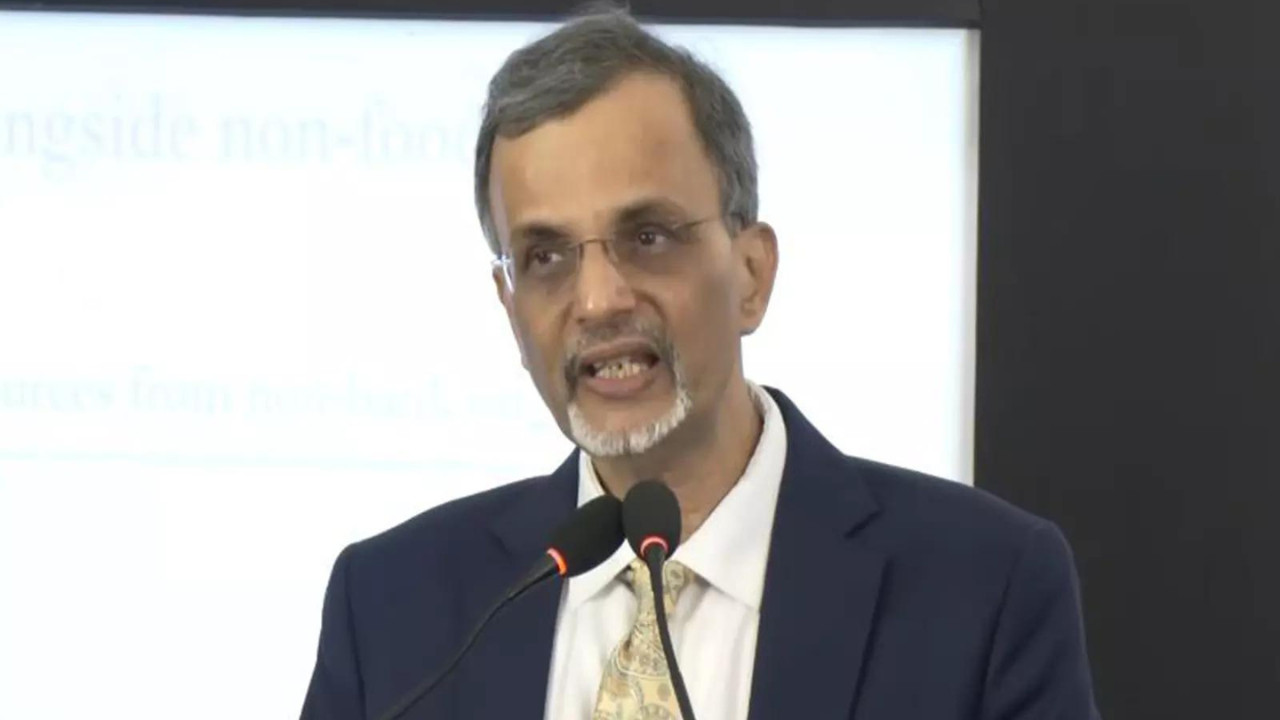Navi Mumbai Airport: Soaring to New Heights & Connecting Dreams
For years, whispers of a game-changing airport just across the harbor from Mumbai have circulated. Now, those whispers are turning into the roar of jet engines. The Navi Mumbai International Airport (NMIA) is finally on the runway to completion, poised to reshape air travel in the region and beyond. Forget the usual airport headaches; NMIA promises a smoother, more efficient, and ultimately, more enjoyable travel experience.
But this isn’t just about convenience. NMIA represents a bold vision for India’s future, a testament to ambitious infrastructure projects that are designed to propel the nation forward. It’s a story of overcoming logistical nightmares, navigating complex land acquisition issues, and persevering through years of planning and construction.
A New Gateway Opens: Location and Connectivity
Strategically located in Navi Mumbai, this airport directly addresses the growing air traffic congestion plaguing Mumbai’s existing Chhatrapati Shivaji Maharaj International Airport. The new airport’s proximity to key industrial and residential hubs will drastically reduce travel times for passengers coming from these areas. But it’s not just about geographical convenience. NMIA is designed to be seamlessly integrated with the existing transportation network, boasting excellent road and rail connectivity. This means getting to and from the airport will be a breeze, whether you’re arriving from Mumbai, Pune, or other major cities in Maharashtra.
The multi-modal connectivity planned ensures easy access via roadways, the Mumbai Trans Harbour Sea Link, and proposed railway lines, drastically reducing travel time for passengers from different parts of the Mumbai Metropolitan Region. This well-thought-out connectivity is anticipated to drive economic growth and enhance accessibility for both domestic and international travelers.
What to Expect: First-Class Facilities at the New Airport

NMIA isn’t just another airport; it’s a statement. The airport boasts state-of-the-art facilities designed to provide a world-class travel experience. Passengers can expect spacious terminals, efficient check-in and security processes, and a wide range of retail and dining options. The design emphasizes sustainability, incorporating green building practices and energy-efficient technologies.
The sprawling terminals are designed to handle a massive influx of passengers, with initial capacity projections hinting at millions of travelers annually. Expect streamlined baggage handling, advanced air traffic control systems, and comfortable waiting areas. The emphasis is on efficiency and passenger comfort, ensuring a seamless journey from arrival to departure.
Phased Development: Building for the Future
The construction of NMIA is being carried out in phases to accommodate the rapidly growing demand for air travel. This phased approach allows for continuous expansion and improvement, ensuring that the airport remains at the forefront of aviation technology and infrastructure. As demand grows, so too will the airport’s capacity, ensuring a smooth and sustainable growth trajectory.
The first phase is nearing completion, and anticipation is building around its launch, promising immediate relief to the region’s air traffic woes. Future phases will include additional terminals, runways, and support infrastructure, further solidifying NMIA’s position as a major international aviation hub. The airport’s modular design ensures scalability, allowing it to adapt to changing needs and accommodate future growth projections.
More Than Just an Airport: Economic Impact and Job Creation
The impact of NMIA extends far beyond just air travel. The construction and operation of the airport are expected to generate thousands of jobs, boosting the local economy and providing opportunities for skilled and unskilled workers alike. Furthermore, the airport is expected to attract significant foreign investment, further stimulating economic growth in the region.
The ripple effect of NMIA will be felt across various sectors, including tourism, hospitality, and logistics. The increased connectivity will make the region more attractive to businesses, fostering innovation and entrepreneurship. This transformative project has the potential to reshape the economic landscape of Navi Mumbai and the surrounding areas. To further explore the impact of infrastructural development, see this piece about sustainable urban planning strategies.
A Smooth Takeoff Ahead
The Navi Mumbai International Airport represents more than just a new airport; it’s a symbol of progress and ambition. As NMIA prepares to open its doors, it promises to transform air travel in the region, boost the economy, and create new opportunities for growth and development. This monumental project will undoubtedly change the way India connects with the world, making travel smoother, more efficient, and more enjoyable for everyone. The future of air travel in the region is here, and it’s looking brighter than ever.







